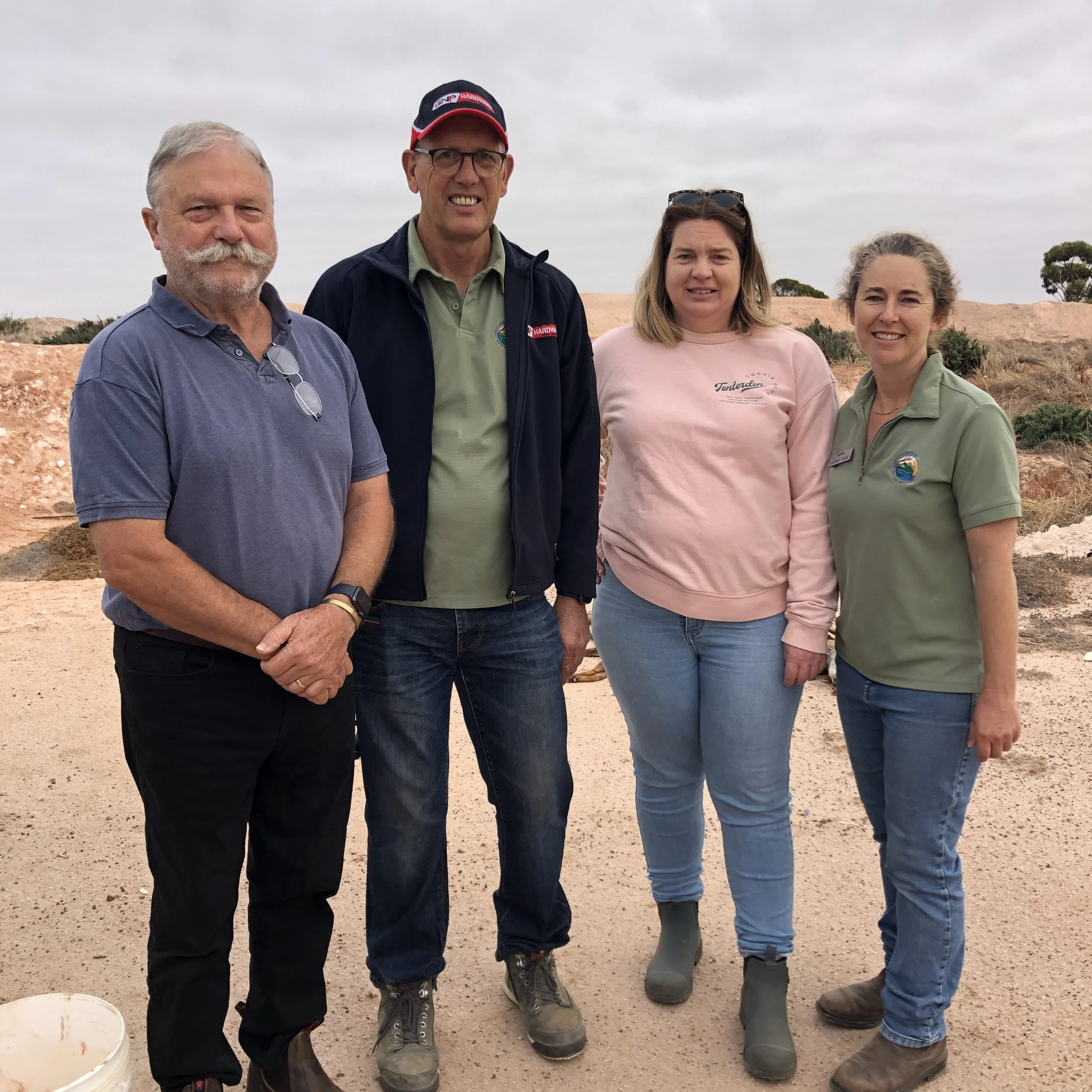This whole-of-community, landscape-scale threatened species project will protect and enhance populations of three priority species – Chuditch, Malleefowl and Carnaby’s Black Cockatoo.
Project partners will work collaboratively to deliver a coordinated baiting and shooting program across 16,262 hectares in the high priority macro corridor that connects the Stirling Range and Fitzgerald River national parks. The project will reduce the threat of predation from foxes and feral cats, and reduce competition and habitat destruction by rabbits, resulting in the improved trajectory of the target priority species.
The Fitz-Stirling macro corridor lies within the Southwest Australia Global Biodiversity Hotspot. The 80-km macro corridor links two very high-value nature conservation areas and is considered among the highest priority corridors for conservation action in the region. The corridor is home to a high number of endemic species and provides critical connected habitat for numerous threatened species. Biodiversity within the corridor has been severely impacted by over-clearing and predation by introduced feral cats and red foxes, the latter of which is identified as a key threatening process under the EPBC Act for medium-sized native mammals and ground nesting birds.
The Fitz-Stirlings was identified as a Priority Place in the Australian Government’s 2022-2032 Threatened Species Action Plan.
Macro corridors connect intact native vegetation across fragmented landscapes and are critical to the survival and recovery of threatened species. They allow threatened fauna to move through fragmented landscapes enabling them to access additional resources, escape large disturbance events such as wildfires, and remain resilient in the face of climate change. Movement of fauna facilitates gene flow between isolated populations thereby enhancing genetic variation.
The Pallinup River, which runs through the Fitz-Stirling Corridor, traditionally supported important campgrounds, travel routes, food sources and drinking water for the Minang and Goreng people. Landholders have been supported to protect areas of remnant vegetation, and the riparian zones of the Pallinup River and tributaries are gradually being fenced to exclude stock. Management of feral cats, foxes and rabbits is an important part of the management of the Fitz-Stirling Corridor to build on landholder efforts to encourage populations of Chuditch, Malleefowl and Carneby's Black Cockatoo.
The following key activities will occur as part of the project over the 18-month project period:
1. 6 community-led feral animal tally events targeting foxes, feral cats, and rabbits across the project area and surrounding farmland
2. 2 volunteer feral animal shooting events targeting foxes, feral cats, and rabbits across 8 properties totalling 16,262ha
3. 2 training workshops to train 10 landholders in handling Restricted Pesticide (RP)
4. Expansion of 1080 ground baiting targeting foxes across 2 new properties totalling 2000ha.
January 2023 - June 2024
This project was supported by funding from the Western Australian Government’s State NRM Program.

